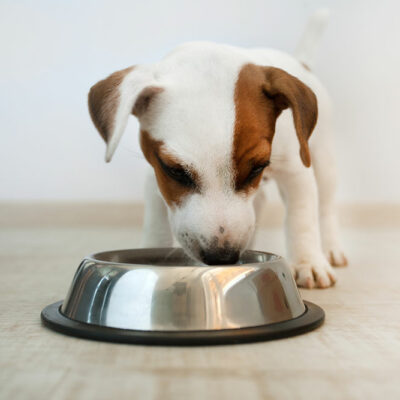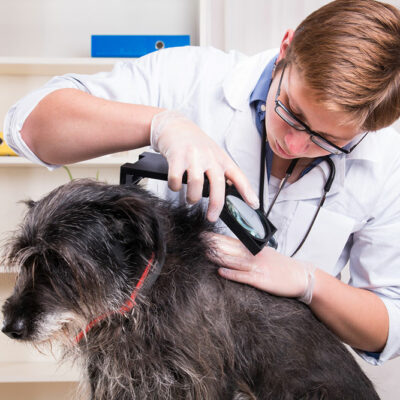
Pets
6 things to know about dog food allergies
Is your pet pooch scratching and itching itself? Does it have a poor coat quality and does it suffer from frequent ear infections? What you’re feeding your beloved dog could be adding to its distress if you don’t know what he or she is allergic to. Today, food allergies are a rising common concern among dog owners, with more and more dogs seeming to suffer from them. Here’s all you need to know about dog food allergies: Common triggers Sometimes, allergies are a genetic problem, and when they are triggered, it is because the dog is exposed to the allergen in some or the other way. Some of the common allergens include fish, rabbit, pork, soy, lamb, chicken, egg, wheat, dairy, and beef. Usually, dogs are allergic to more than one of the above. Allergies are caused due to multiple factors, including genetic predisposition, environment, whatever the immune system is exposed to when the dog is a puppy. Dog breeds and allergies There are certain breeds that are more prone to food allergies. However, it also differs from country to country, or even different regions in the same country. According to research, breeds that are more commonly affected are Cocker Spaniel, Dachshund, German Shepherds, and Retrievers.
Read More 










